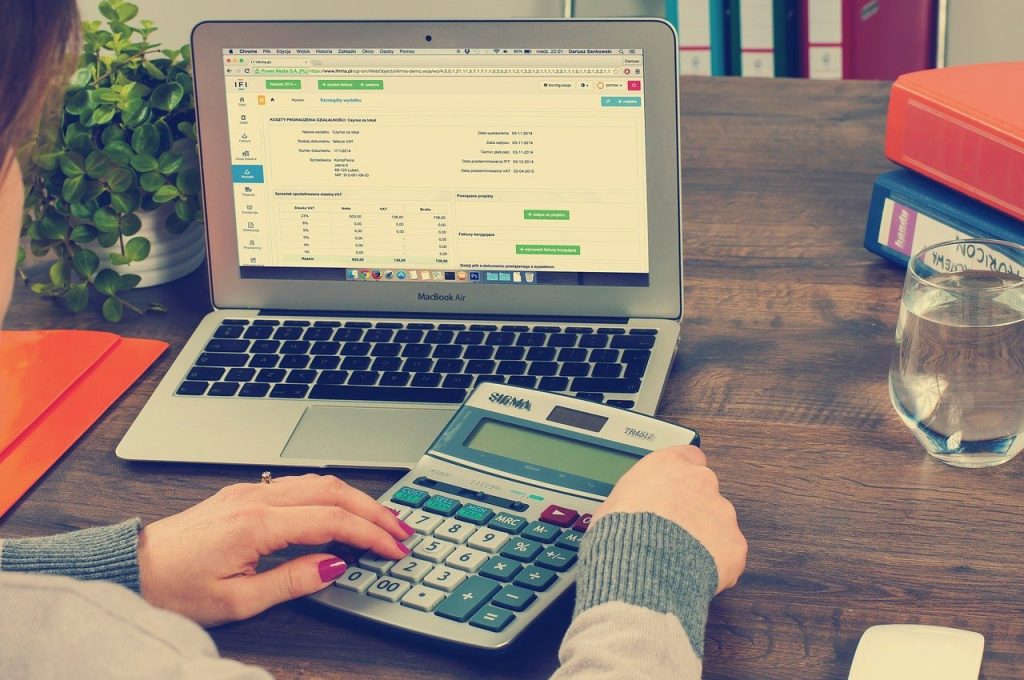Changes to the VAT flat rate scheme for the 2017/2018 tax year now mean that many small businesses and contractors will no longer benefit from the scheme. A brief explanation of how it works and the impact of the change is detailed below.
How It Works
You are eligible to join the Flat Rate Scheme if you are a
VAT-registered business and you expect your VAT taxable turnover to be
£150,000 or less (excluding VAT)
in the next 12 months. You must leave the scheme if on the
anniversary of joining, your turnover in the last 12 months was more
than £230,000 (including VAT) or you expect it to be in the next 12
months or you expect your total income in the next 30 days alone to be
more than £230,000(Including VAT).
The benefit for small businesses and contractors are that you bill your clients at the standard rate of 20% but only pay over to HMRC at the reduced rate. Under the scheme you forgo the right to claim input VAT but for many contractors and small businesses this can be minimal. Each trade has different rates. As an example for IT contractors the rate in the first year is 13.5% and subsequent years 14.5%. The savings are illustrated below for the 13.5% rate in the first year:
| Turn Over | VAT charged to Client | VAT paid to HMRC | Difference = Profit |
| 50,000 | 10,000 | 8,100 | 1,900 |
| 100,000 | 20,000 | 16,200 | 3,800 |
| 150,000 | 30,000 | 24,300 | 5,700 |
Changes to the flat rate scheme effective from 1st April 2017
Some businesses will continue to benefit but many small businesses and contractors will no longer enjoy the benefit because of the “limited cost basis” rule that has now been introduced. If you spend a small amount on goods you are classed as a “limited cost business” and will pay the higher rate of 16.5% compared to the lower rates that were available in the previous tax year.
You are a “limited cost business” if your goods cost less than either:
- 2% of your turnover
- £1,000 a year (if your costs are more than 2%)
Goods must be exclusively and wholly used for the purpose of the business but do not include:
- All vehicle costs unless you’re operating in the transport sector using your own, or a leased vehicle
- Food or drink for you or your staff.
- Capital expenditure such as computers, office furniture etc…
- Goods for resale, leasing, letting or hiring unless that is your main business activity.
- Goods for disposal such as promotional items, gifts etc…
- All services
- Goods purchased solely to meet the test. For example buying excessive amounts of office materials all of which cannot be reasonably used by the business and are either stockpiled or thrown away.
Example of the Impact of the changes for a “limited cost business” are shown below:
| Turn Over | VAT charged to Client | VAT paid to HMRC | Difference = Profit |
| 50,000 | 10,000 | 9,900 | 100 |
| 100,000 | 20,000 | 19,800 | 200 |
| 150,000 | 30,000 | 29,700 | 300 |
If you are a “limited cost business” and elect to join the flat rate scheme you cannot claim any input VAT you can’t reclaim the VAT on your purchases (except for certain capital assets over £2,000) so the savings above may not even cover the input VAT you would not be able to claim. So the flat rate scheme for businesses and contractors classed as a “limited cost business” is unlikely to have any real financial benefit. However, there still maybe a small saving and it would save valuable administrative time in VAT record keeping. It all depends on individual circumstances as to whether you join the flat rate scheme or not. We at Tax Compute recommend that you perform a simple cost versus benefit analysis and make an informed decision. We can help you with making that decision.

